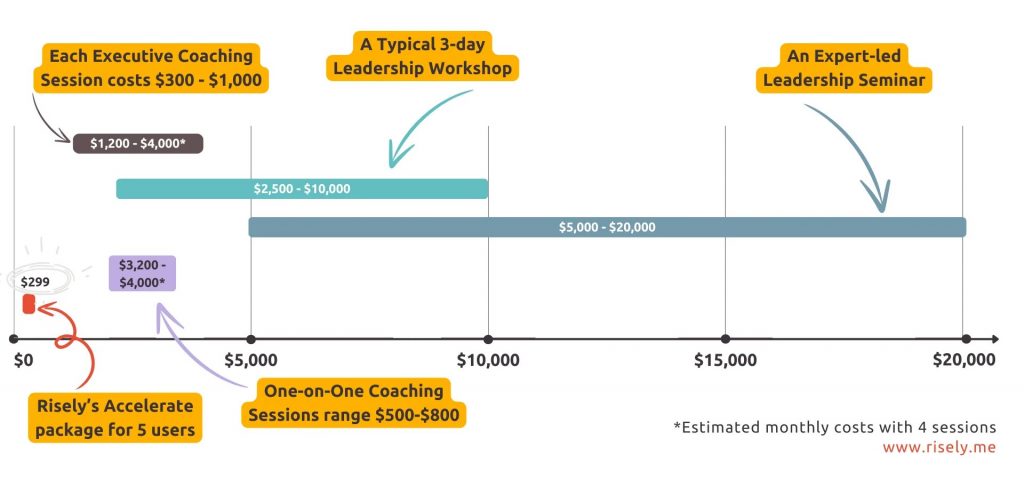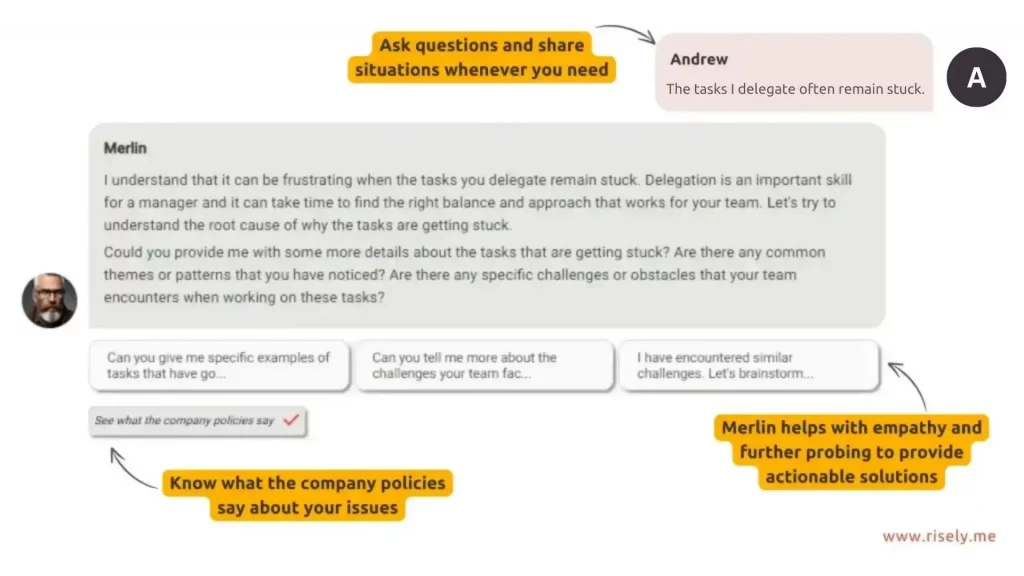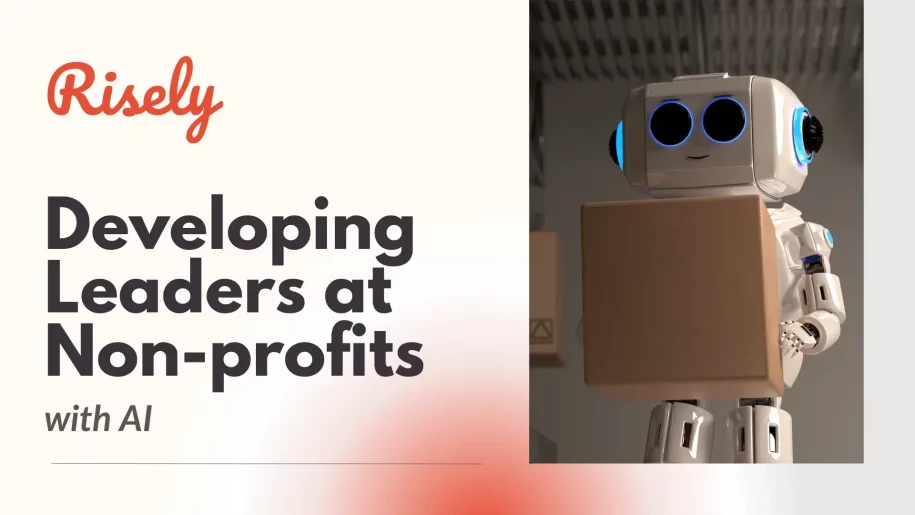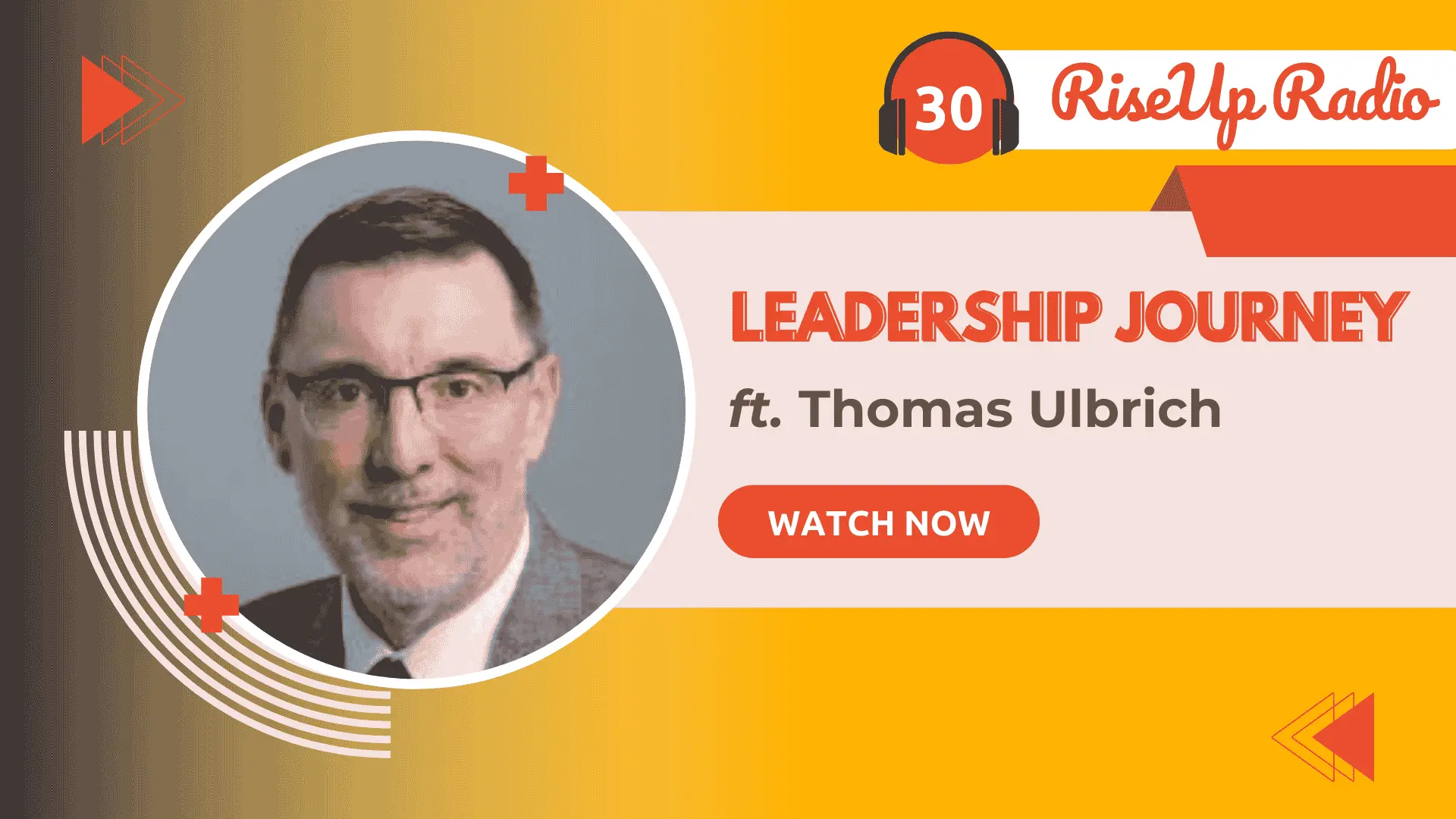How to Make Non-profit Leadership Development Work?
Learn how non-profit leadership development programs play an important role in organizational success, with one of the USA’s biggest animal welfare non-profit organizations showing the way of AI adoption.- The top two reasons for voluntary turnover were better opportunities (reported by 57% of the people) and lack of opportunities for career growth (reported by 43% of the people.)
- About 48% of the respondents faced challenges with retaining people working in entry-level roles.
The Nature of Non-profits Poses Unique Challenges for Leadership Development
Let’s understand this better with an example. The Best Friends Animal Society is one of the USA’s foremost warriors for pets in shelters. As a sanctuary for homeless animals, it brings together a passionate group of volunteers working on-field for rescue, support, and care. With a workforce of 900+, more than half of whom work remotely while the rest are distributed in care and training operations, Best Friends has a dynamic work environment frequented by emotionally charged moments. This blog post will take up their case to learn more about non-profit leadership development programs. Since the workforce is distributed and partly remote, centralized development programs for people managers are a huge task. The complexity increases for teams across multiple states or countries, with different departmental objectives, personal goals, and learning needs being the first layers demanding personalization. Moreover, as many people are working on the ground, there is limited time available to participate in leadership development programs that could last days or take online courses frequently offered as replacements.
This unique set-up poses challenges for managers to find the time they need for growth and development. And then there’s this emotionally charged field of animal welfare where they need to be prepared to handle diverse and sensitive situations effectively. Yet, it’s not always feasible for them to commit the time to do the manager training or even short e-learning courses.
Establishing consistent leadership and management development programs
This becomes a big challenge because uncertainties are the rule, not the exceptions. There are frequent changes and reallocations that the leadership of non-profits is always grappling with, leaving little bandwidth to invest in the professional development of their people. Moreover, as Janis explained, several people are working in the field. It leads them to have uncertain work hours, availability of time, and mental capacity to learn effectively. The matters are further complex due to the involvement of volunteers. Since not everyone is a full-time employee with specified work hours, learning budgets, and defined trajectories, organizing development programs is much more complicated.Enabling learning on the go for busy professionals
Suppose you are managing a team of volunteers. You know that you need to have a leadership development program in place for them. But your options are;- A great leadership coach with solid credentials and an hourly charge of $600 who is available for your team every alternate Wednesday.
- A recommended leadership development workshop led by people you look up to, which involves three-day residential learning at the charge of $5000 per person.
- An online course on a reputed platform that your team may or may not consume passively to tick boxes and get a certificate.

Getting leadership development training that matches the context of non-profits
Workplaces in the non-profit sector differ from corporate ones in a major way – a lot more emotional investment is asked for at every level. As a mission-driven team, you are deeply tied to the outcomes you build toward. For the leadership roles, this poses a unique challenge where they need to focus on professional growth for their own sake and balance it with a high amount of passion and empathy toward the cause. That’s why burnout and emotional distress are quite common in non-profit organizations, which call for a higher focus on non-profit leadership development training focused solely on building emotional resilience, healthy ways to be empathetic, and building work-life balance.Measuring the impact of leadership development for non-profits
Every workplace has a hard time tracking the impact of leadership development programs. The story is the same for non-profit organizations. It is further complicated by two factors:- First, the HR teams must manage multiple stakeholders. Investing in leadership development training for non-profit managers would be feasible only with their approval. Thus, measuring impact is vital in making a solid case and securing the necessities.
- Second, there is a usual delay in adopting innovative solutions based on advanced tech. It keeps non-profits under the grasp of older management philosophies and training methods.
What are the Leadership Development Goals for Non-profit Organizations?
Similarly, Best Friends Animal Society’s critical area is developing people leaders and managers. They have developed programs to support these professionals at different points in their career journeys, from onboarding to remedial training if needed. To sum up, their objectives take this shape:- Ensure that the people leaders are supported at all times in their jobs since the nature of work does not align with fixed hours or locations.
- Provide access to personalized training, particularly for skills like emotional competence and communication critical to professional success.
- Engage the latest tech in leadership development to meet the needs and expectations of the workforce, in order to retain them at the organization.
How to Create an AI-powered Leadership Development Strategy for Non-profits?
While the team had multiple leadership development programs on their agenda, they added Risely to the mix to increase support coverage and reach more people, which was a critical gap in the strategy. You can hear it out from Janis, who leads Leadership and Staff Development at Best Friends Animal Society:Nudges and activities for daily learning
Microlearning is a lifesaver for busy professionals, which is very common in the non-profit sector as we discussed earlier. It becomes even better when it matches their contextual needs and helps them beat people management challenges by investing as little as 15 minutes a day. Nudges on Risely are personalized at multiple levels:- Your skill development needs: First, it focuses on the skills you need to work on. As a result, the leaders of organizations like non-profits that call for high human skills but offer little time to learn them effectively can leverage this mode of learning and development.
- Your team members: You might struggle in delegating tasks to one team member and confronting another. Risely takes care of that too by ensuring that microlearning resources are shared with your specific team members in mind.
- Your strengths and areas of improvement: What does having a low score on communication skills really mean? It could be need of improvement in listening, or a lack of clarity, or something else entirely. Risely’s action-oriented nudges meet you at your level of skill growth.
- Your job function: It would not make sense to teach a sales manager something only an engineering manager deals with, so why do we do this in people skills. Risely’s nudges are personalized to your job role. Thus, the situations, tips, and advice you receive matches your unique context.
On-demand coaching with the AI Merlin
One-on-one coaching is among the best tools to support developing leaders. But as Janis explained, most employees do not have the time needed to invest in learning that way. Plus, it creates a big organizational overhead. An AI coach like Risely’s Merlin solves for this by ensuring coaching access 24/7, even when the team member is on the road. For non-profit organizations, people pose a unique challenge. There’s the need to value their time while also supporting their growth. Increasing the access to coaching through AI-powered services like Merlin helps Best Friends meet the growing needs of their people leaders. For example, suppose a manager is on the way to address a conflict with a network partner. They can practice this conversation with Merlin since it can take up people’s roles as you define them and become your role-play training partner. That’s just one scenario: there are plenty of difficult conversations that people managers need to have and situations that put them in doubt where a coach’s nudge will help.

With Risely’s AI coach Merlin, managers are now going to have a virtual coach at their fingertips basically available anywhere and anytime, even when they are on the road caring for animals.
In-depth skill assessments for every learner
Assessments and growth go hand-in-hand, as one leads to the roadmap of the other. Yet, conventional skill gap analysis leaves much to be desired. By deploying Risely’s leadership skill assessments for people managers, Best Friends Animal Society is changing things up massively. Risely’s leadership skill assessments are a great tool for measuring the health of 30+ critical leadership development skills. They also offer analysis at the sub-skill level, thus going deeper into both diagnosis and problem-solving. Company-wide benchmarking helps managers stay motivated and look forward to reaching and creating new standards across the organization. All three key actions tie into each other. The ease of assessing numerous managers on leadership skills frees up L&D bandwidth big time. It further goes into creating personalized learning journeys for them, which pave the way for coaching with Merlin and daily growth through nudges and activities—thus setting up a positive growth cycle.Looking Forward
As an animal welfare organization, Best Friends Animal Society highlights the values of transparency, accountability, and trust in everything they do. Risely’s AI coach, Merlin, helps reinforce them in conversations with the team members by becoming a company culture agent. You can program the AI coach to reflect upon company policies and values and even include them as suggestions. So, even if your manager is lost on the way, someone is holding them back and showing them the way toward achieving what matters the most to you.
We are really thrilled that we are equipping our managers not just with the latest technology but with the skills and confidence that they are going to need to lead in our fast-paced and mission driven environment.
Join the Risely tribe. It’s free!
Sign up and access the world of AI driven leadership development.


